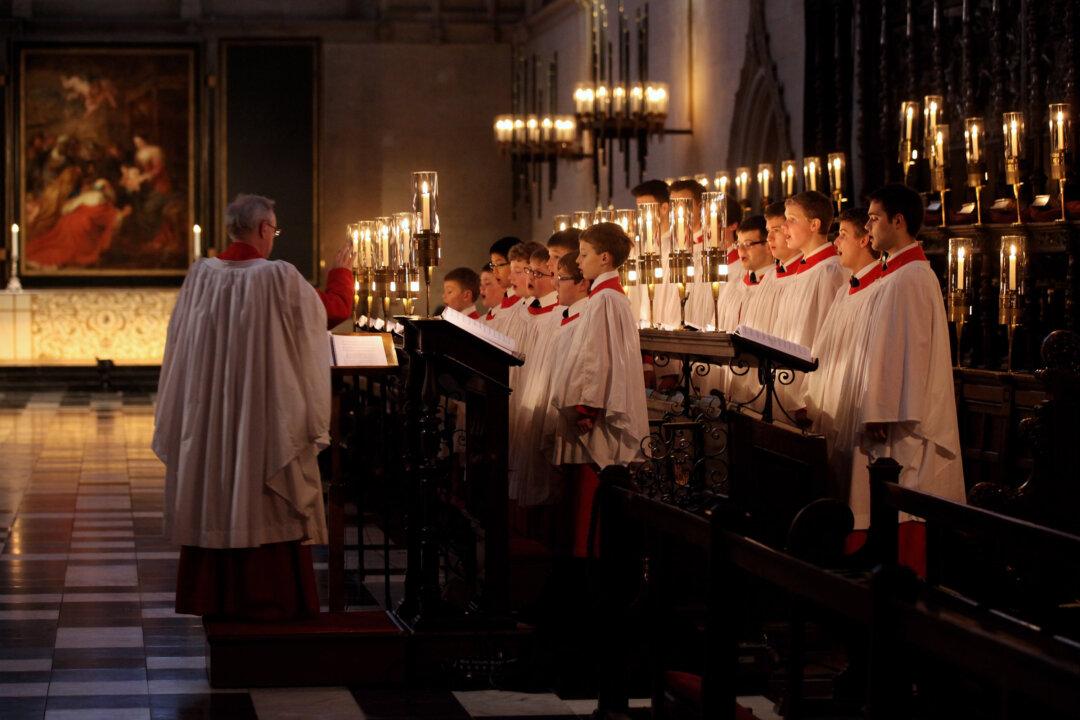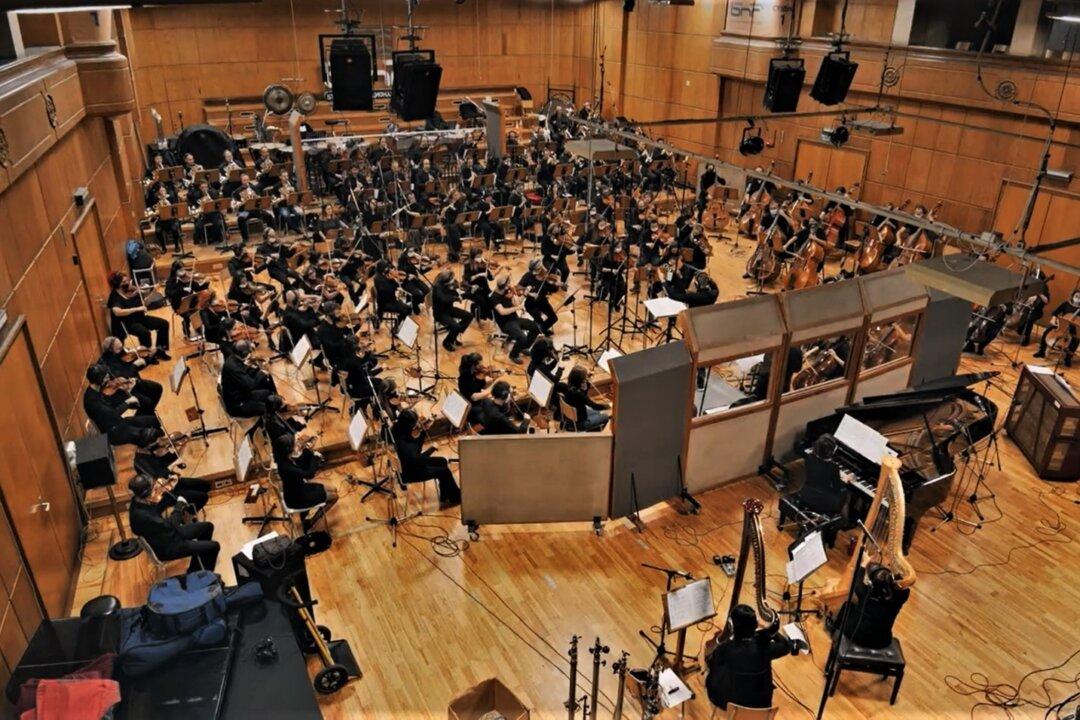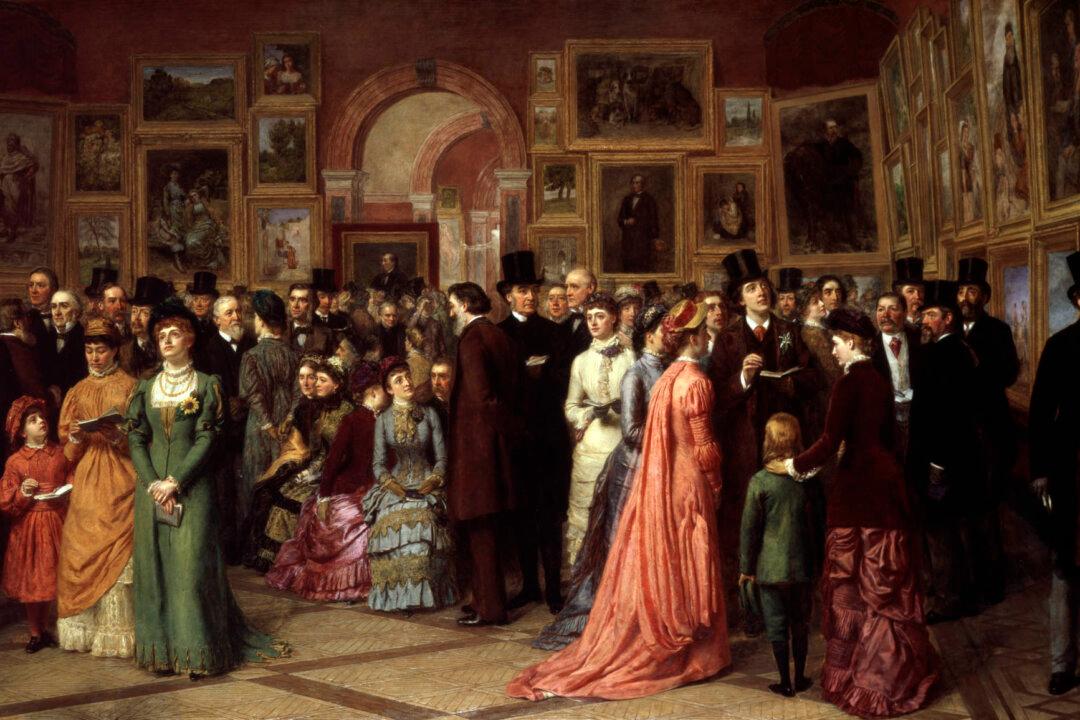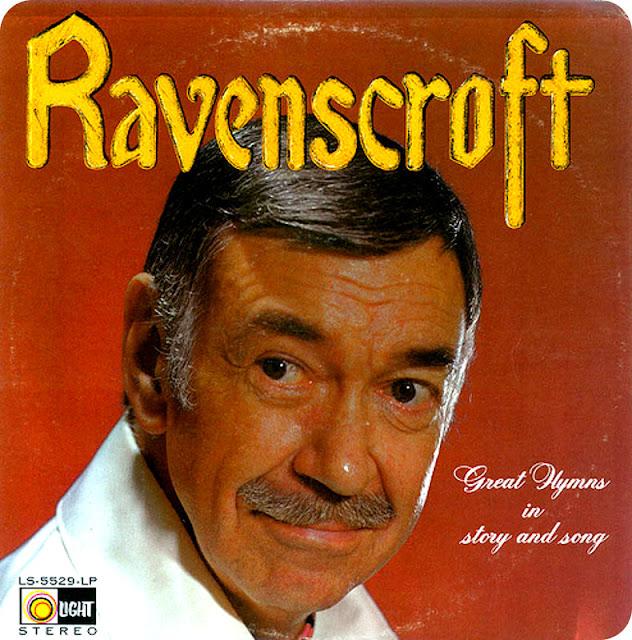Most people acknowledge that phrases like “the Christmas spirit” and “the magic of Christmas” describe real phenomena, but precisely how to define them is another matter. Perhaps we could say that a whole array of traditions creates something more meaningful than the sum of its parts. These traditions include not only exterior decorations and gifts but also the interior, haunting sensibilities of childhood, a nostalgia for long-gone people and places, and even the sentimental associations we feel from revisiting, yet again, long-cherished and beautiful music.
The centuries-old tradition of choral music, or more generally of people singing together as a group in many forms, must certainly also hold a place deep in our collective cultural consciousness. One choral focal point (or, pardon me, vocal point) for many people is the Christmas Eve tradition of “Nine Lessons and Carols,” especially as it has been established at King’s College, one of the colleges of the University of Cambridge, in England.






